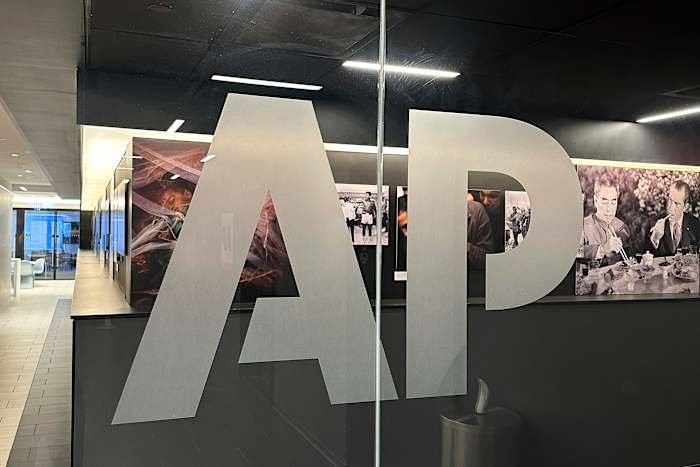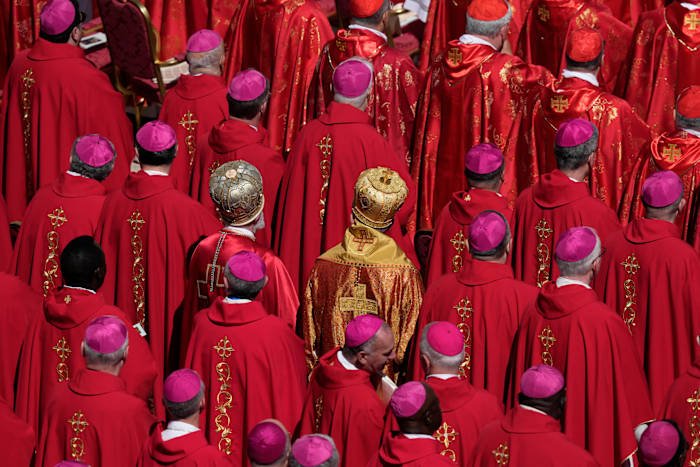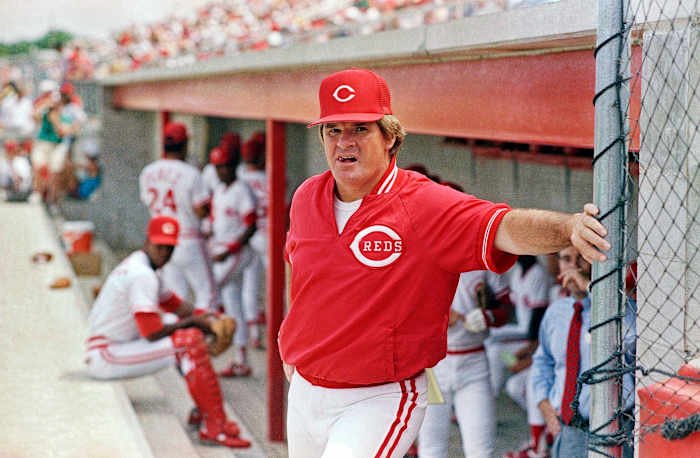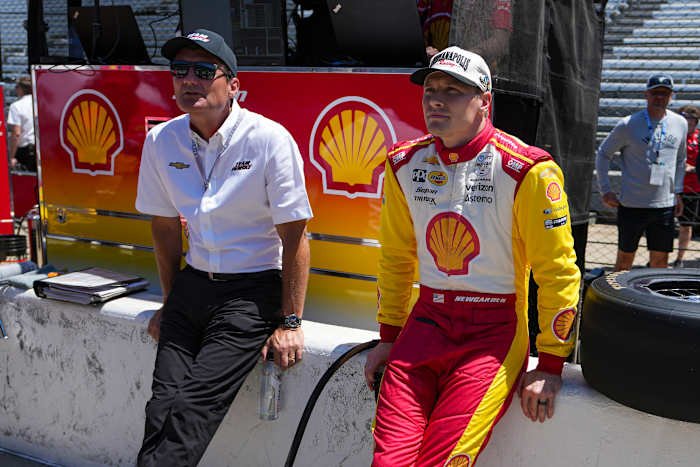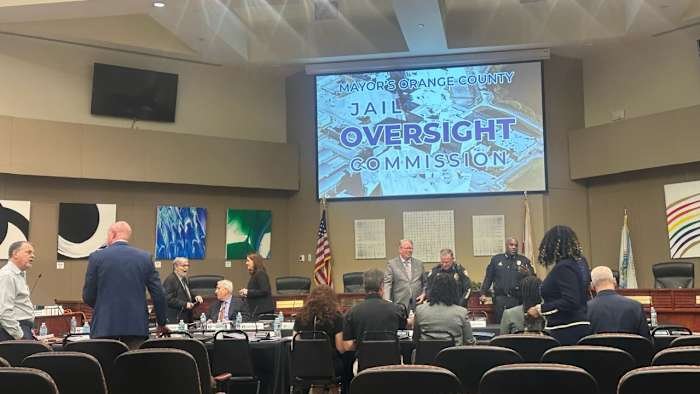Orlando, FL – The iconic rainbow crosswalk outside the former Pulse Nightclub, a powerful symbol of the LGBTQ+ community’s resilience and a memorial to those lost in the 2016 tragedy, has recently undergone a dramatic transformation. What was once a vibrant display of color has been repainted black and white, with Florida state troopers reportedly standing by during the process. The sudden change has sparked conversation, concern, and confusion among Orlando residents and advocates alike. Here’s what’s known so far, and why this issue resonates so strongly in the City Beautiful.
History of the Pulse Rainbow Crosswalk
The rainbow crosswalk at the intersection of South Orange Avenue and Esther Street became a fixture in Orlando following the 2016 Pulse Nightclub shooting, which claimed the lives of 49 people. The crosswalk was installed not only as a tribute to those lost and affected but also as a visible reminder of Orlando’s commitment to diversity, inclusion, and love. For years, the bright stripes welcomed visitors, mourners, and activists, serving as a place of reflection and unity for the community.
Its sanctioned status meant it was protected from unapproved changes, and local officials had championed its presence as part of the healing and ongoing remembrance of Pulse’s legacy. The rainbow crosswalk became a symbol both locally and nationally, representing Orlando’s embrace of the LGBTQ+ community and its refusal to let hate define the city’s narrative.
The Recent Repainting: What Happened?
In early June, Orlando residents began to notice changes to the crosswalk. The familiar rainbow hues had been painted over in black and white stripes, sparking immediate concern among those who visit the Pulse memorial regularly. Eyewitnesses reported seeing Florida state troopers in the vicinity during the repainting, a detail that has raised further questions about the motivation and authorization behind the move.
While some speculated it could be routine maintenance or part of a broader city project, others suspected it may be linked to recent state-level directives regarding public displays and LGBTQ+ symbols. To date, city officials have released limited information, stating only that the repainting was not coordinated by Orlando’s municipal government and that they are “reviewing the circumstances surrounding the changes.”
Community Reaction and Outrage
The response from Orlando’s LGBTQ+ community and allies has been swift and impassioned. Social media platforms filled with photos of the altered crosswalk, along with messages of disappointment, anger, and confusion. Many view the move as an erasure of LGBTQ+ visibility and an affront to the memory of those lost at Pulse.
Prominent LGBTQ+ advocacy groups in Orlando have called for immediate answers and the restoration of the rainbow crosswalk. “This symbol is more than just paint on pavement—it’s a promise to never forget, and a beacon of hope for our community,” said one local organizer. Vigils and peaceful demonstrations have already been organized at the site, drawing Orlandoans together to demand clarity and action.
For many, the presence of law enforcement during the repainting only deepened concerns about state intervention in local matters. “The crosswalk belongs to Orlando,” said another resident. “We should have a say in how our city’s history is honored.”
Political and Cultural Implications for Orlando
The situation comes at a time when tensions are high across Florida regarding LGBTQ+ rights and visibility. Recent legislative actions at the state level have led to greater scrutiny of public displays that celebrate the LGBTQ+ community, and Orlando has often found itself at the center of these debates.
As a city that prides itself on diversity and inclusion, Orlando’s residents see the crosswalk as a reflection of their values. The alteration of such a significant symbol has wider implications, raising questions about local autonomy, freedom of expression, and the future of LGBTQ+ representation in public spaces. City leaders are now facing pressure to address these concerns and reaffirm Orlando’s commitment to honoring its history and its communities.
The repainting also highlights the ongoing challenges faced by LGBTQ+ individuals in maintaining visibility and respect in the public sphere. In the wake of the Pulse tragedy, Orlando became a model for healing and solidarity. Many worry that changes like this threaten to undermine years of progress and dialogue.
What’s Next for the Pulse Crosswalk?
As the story continues to unfold, Orlando residents and leaders are demanding transparency and action. Some city officials have promised a thorough investigation, while advocacy groups are planning to petition for the rainbow crosswalk’s immediate restoration. The Pulse memorial site remains a place of deep meaning for many, and the outcome of this issue will likely influence not only how Orlando remembers its past, but how it moves forward as a city.
In the meantime, the black and white crosswalk stands as a stark visual reminder of the ongoing struggle for representation and respect. Community members are being encouraged to voice their opinions, attend local meetings, and stay engaged as new information emerges.
Conclusion: Your Voice Matters in Orlando’s Story
The repainting of the Pulse rainbow crosswalk has touched a nerve in Orlando, reminding us all of the power of symbols and the importance of standing together in the face of adversity. As city officials work to provide answers, the community’s response will play a crucial role in shaping what happens next.
What are your thoughts on the crosswalk’s transformation? Do you believe the rainbow should be restored, or is there a different way to honor the Pulse legacy? Share your views in the comments below



